Ronnie Whelan spent almost 15 years at Anfield, going on to unseat a legend from the number five shirt, taking a switch of role in his stride, winning a glut of honours, and captaining the club during its darkest hour.
In the summer of 1987, Whelan’s future at Liverpool was deemed to be under threat; not yet 26, and with his peak years still ahead of him, he had made the left-hand side of midfield his own for the majority of the previous four-and-a-half seasons, but the arrival of John Barnes was viewed by many to mean the end of the road at Anfield for the Irish international.
As Liverpool approached the 1987/88 season they were arguably at their most compelling crossroad in a decade, handed a crisis of succession that the club hadn’t experienced since the departure of Kevin Keegan in 1977. However, just as was the case ten years earlier, a stronger Liverpool would emerge from the dust of the sale of a star striker in the summer of 1987.
Off to Turin went Ian Rush, with John Aldridge already having been pre-primed to step into his boots, while the arrival of Peter Beardsley was designed to soothe concerns over the end of Kenny Dalglish’s regular playing days.
All of this made perfect sense in terms of a regeneration of the Liverpool forward line, yet Barnes was the curveball.
With the emergence of Jimmy Case and the conversion of Ray Kennedy from an inconsistent striker to a left-sided midfielder of silken quality, Bob Paisley had largely done away with wingers by 1975/76.
Wide midfielders tucked in to help create an utterly dominant four-man unit, with the full-backs given scope to advance, the classic sweeper-keeping of Ray Clemence, a ball-playing central defensive partnership and a split striker duo, this was the system with which Liverpool repeatedly conquered Europe.
Barnes’ arrival brought with it a revolution, and with the left wing to be his nominal domain, Whelan was the obvious contender to be the odd man out. Dalglish was about to be handed a difficult decision until fate took matters into its own hands when Jan Molby suffered a foot injury in pre-season training that would ultimately disrupt the majority of the Danish international’s season.
Switching to central midfield, Whelan was one of Liverpool’s best performers during a collection of pre-season friendlies, which were topped with a match-winning influence in a victory over Celtic.
Switching roles
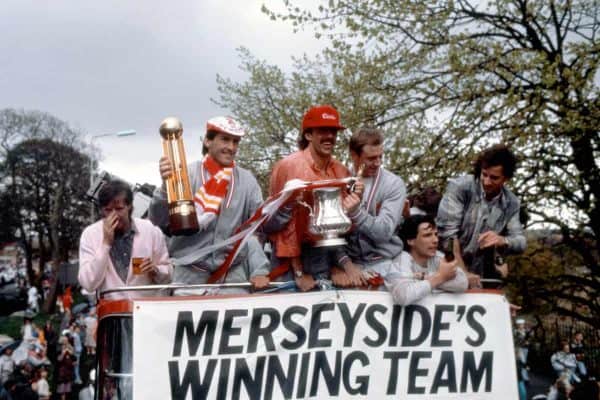
A run of good form, or a burst of purpose from a man sweating over his future, Whelan had secured his place alongside Steve McMahon, forming a new central midfield partnership that would be Dalglish’s first choice option for the remainder of his first spell in charge of the club.
For a set of supporters that had become so accustomed to Whelan occupying the left side of midfield, and of McMahon’s excellent partnership with Molby, it was initially disorientating, yet it should also have come as no surprise.
This hadn’t been Whelan’s first foray into central midfield, and prior to the signing of McMahon during the early exchanges of the 1985/86 season, Dalglish had already fielded him centrally as the double-winning campaign began, while even when deployed on the left by both Paisley and Joe Fagan, it had been with the remit to drift inwards from where he would often do his best work.
It was with this in mind that Paisley opted for Whelan over Kevin Sheedy when it came to replacing Ray Kennedy part way into the 1981/82 season, the future Everton man being viewed to be a more textbook winger.
Whelan and Sheedy had played together for the reserves, the former taking up a central midfield role while the latter caused opposing right-backs all manner of headaches from wide. No matter how impressive Sheedy was, however – and he did steal an initial march on Whelan into the Liverpool first team picture – he excelled in a role that had long been defunct under Paisley.
Handed his first team debut in April 1981 against Stoke City, Whelan made a goalscoring start to his senior Liverpool career, showing an impressive amount of maturity and composure to open the scoring.
It was to be Whelan’s only first-team appearance of the season, and with such a vast squad for Paisley to call upon neither he nor Sheedy made the Liverpool squad for the European Cup final in Paris against Real Madrid.
Within four weeks of making his Liverpool debut, Whelan had won his first senior cap for Ireland. His talent would soon be impossible to restrain.
The battle for the No. 5 – and the proudest moment
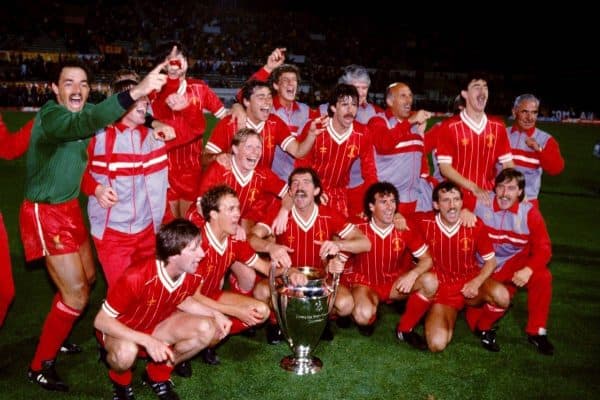
Going into the 1981/82 season, Ray Kennedy was still in possession of the number five shirt, but with escalating and yet-to-be-diagnosed symptoms and side effects of Parkinson’s disease taking an increasing hold of him, he was twice sent off within weeks of one another. Never having received a red card in his career before, this was totally out of character, a situation exacerbated by the 1981 departure of his best friend at Anfield, Jimmy Case. By January, he had made his own exit to join up with John Toshack’s Swansea City revolution.
In the background of this percolating issue, Whelan and Sheedy continued to vie for pole position in the battle to be Liverpool’s new number five; Whelan seemed to have the advantage when he was sporadically involved in pre-season friendlies and handed occasional cameos once the campaign had begun, but when Sheedy was on the scoresheet in League Cup outings against Exeter City and Middlesbrough it seemed that the tide had turned in his direction.
When Liverpool were beaten convincingly by Flamengo in Tokyo, for the Intercontinental Cup in December 1981, it was to be the last time Kennedy would play for the club. By the time they took to the field again on Boxing Day, for an ill-fated performance at home to Man City, Paisley had a choice to make on who to hand the number five shirt to. Not only were Whelan and Sheedy contenders, but it was also a role that Craig Johnston and Mark Lawrenson were more than capable of filling.
With Johnston already covering the absence of Terry McDermott, and Lawrenson being preferred at left-back ahead of Alan Kennedy, it did, however, come down to a straight choice between Whelan and Sheedy, and it was Whelan who got the nod. Sheedy would play just 30 more minutes of first-team football for Liverpool before making the switch across Stanley Park to Goodison at the end of the season.
Over the course of the remainder of the 1981/82 season, Whelan made himself indispensable, proving to be a talismanic figure with a spate of crucial goals as Liverpool turned a deteriorating season into a league title and League Cup double-winning campaign.
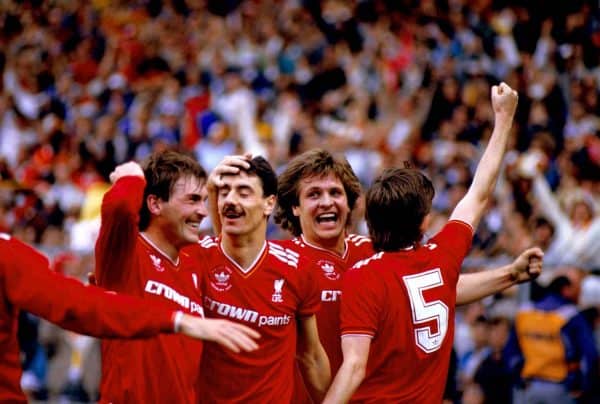
Whelan struck twice at Wembley against Tottenham in the League Cup final and bagged another brace on a pivotal afternoon in the title race against Southampton, before finding the net with Liverpool’s third goal on the day they clinched the league at home to Spurs.
This was a re-energised Liverpool and Whelan was a key component, as was Rush, Lawrenson, and during the run-in, Johnston. Within a year, Whelan had helped his team retain both the league title and League Cup, again scoring at Wembley, this time claiming a wonderful winning goal against Man United.
The 1983/84 campaign brought a treble under Joe Fagan and Whelan played his part during the run-in, having missed virtually all of the first six months of the season, this after also missing a chunk of the 1982/83 campaign too.
It falls under the radar just how susceptible to injury the young Whelan was as he variously spent time on the sidelines nursing knee, ankle, and pelvic problems, even managing to remove the tip of his finger when getting it trapped in a taxi door, an accident that required surgery to stitch it back on.
Amid these absences, a new rival for the number five shirt made their presence felt, as the adaptable Steve Nicol slotted in seamlessly. Whelan always had his work cut out to fight his way back into the starting line-up, sometimes having to bide his time for longer than he might have wanted to, but once he returned it soon became clear that Liverpool functioned better with him than without him, despite the scepticism of some elements of the Anfield crowd.
Between February 1984 and January 1988, Whelan enjoyed greater consistency of fitness, proving to be the one constant presence in a perpetually altering midfield where firstly Fagan struggled to balance a team beyond the departure of Graeme Souness, and then Kenny Dalglish worked to find the perfect chemistry moving forward. It was during this span that Whelan made his switch from the left-hand side to the centre of midfield, offering an outstanding contrast to McMahon.
Whereas McMahon was all about power and energy, Whelan brought a subtlety that wasn’t always as appreciated as much as it should have been. When McMahon went in with relish where souls of a lesser abrasiveness would not dare to place themselves, Whelan would spirit the ball away from opponents, almost without them realising it. It offered the perfect juxtaposition, and a new Liverpool was built around their partnership, both of whom had attacking vision aplenty and an excellent eye for goal from distance.
League and FA Cup double won in 1985/86, it was with a dizzying brand of football that the title was reclaimed in 1987/88. Yet, from late January it had been Nigel Spackman wearing the number five shirt, with Whelan only returning from injury and back into contention for the last four games of a league campaign that had already been settled, starting two, and as a substitute in the other two.
With Dalglish notoriously reluctant to change a winning side, Whelan was omitted from the starting line-up for the 1988 FA Cup final, even missing out on a place on the bench to Johnston and Molby, as Liverpool stunningly lost out to Wimbledon.
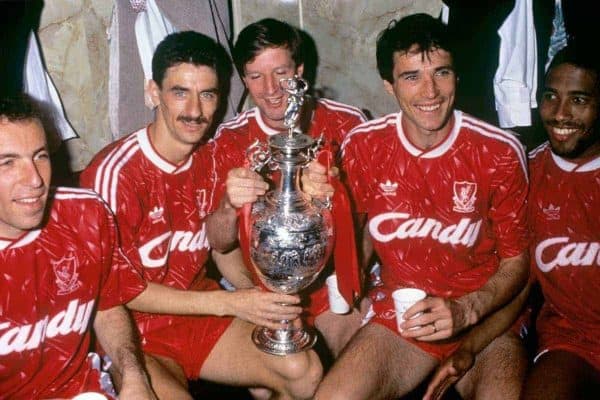
By way of consolation, Whelan was one of Ireland’s best performers at the 1988 European Championship finals, a vital component to their beating of England and the scorer of one of the best goals of the tournament against the Soviet Union.
Whelan reclaimed his place in the Liverpool team for the start of the following season, also being handed the captain’s armband in the absence of the injured Alan Hansen. It was the proudest moment of his career when he climbed the Wembley steps to lift the FA Cup, after he and his players defeated Everton in 1989, a success that came within the devastating shadow of the Hillsborough disaster.
A league title lost with almost the last kick of the season, Whelan was narrowly denied the honour of emulating Hansen as a double-winning Liverpool captain, before handing the armband back to the Scot for the 1989/90 season.
Again, the league title was won, Whelan’s sixth, during a season where he played to a high level of consistency before missing the final four games of the season, picking up an injury that limited his contribution for Ireland at the 1990 World Cup.
Unknowingly, despite Whelan still only being 28, we had already seen the best of him by the time the 1990/91 season came into view. Over the next four years, he would make just 61 appearances across all competitions, restricted by a succession of injuries, one of which denied him a place in Liverpool’s 1992 FA Cup final line-up and effectively cost him the captain’s armband that had been handed to him after the retirement of Hansen.
An underappreciated legend
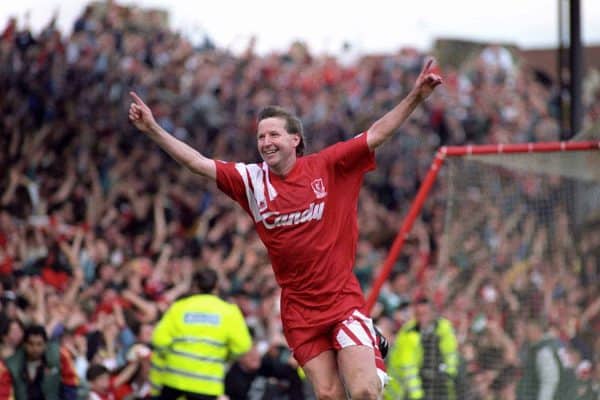
As Souness swept so many of the long-term components he had inherited out of his squad, Whelan surprisingly survived the cull, even managing to outlast his former teammate-turned-manager. As the likes of McMahon and Ray Houghton drifted off to pastures new, Whelan remained, when he should have been moved on, especially having played so little football during the 1990/91 and 1991/92 campaigns.
Souness saw it differently, however, hanging on to the hope that Whelan could regain his fitness and act as a mentor to a new wave of midfielders that were now stepping into the first team, as Jamie Redknapp and Don Hutchison sought to launch their careers.
In and out of the side during 1992/93 and 1993/94, Whelan did win an initial recall after the appointment of Roy Evans, but time was ticking and, in the summer of 1994, he departed Anfield to take on the role of player-manager at Southend United, later taking on coaching roles in Greece and Cyprus, before moving into television punditry with RTE.
The son of Ronnie Whelan Snr, a prolific forward for St Patrick’s Athletic and twice capped by Ireland, Ronnie Jnr had been surrounded by football from a young age; a Man United supporter as a child, he was a trainee for a short while at Old Trafford, but it was with Home Farm that he made his biggest formative impact, for whom he made his debut as a 15-year-old.
Making the breakthrough at Home Farm while still at school, Whelan trained with Man United during the school holidays, with word of his talent spreading swiftly. The Old Trafford hierarchy remained interested in obtaining his services on a permanent basis, but then came overtures from Dundalk, Celtic, Anderlecht, and eventually Liverpool.
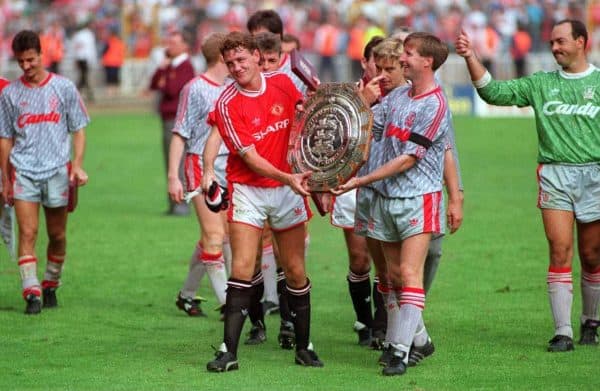
It was with the advice of his father ringing in his ears that Whelan opted for Liverpool, whom he signed with in 1979 for £35,000, just a short few days before his 18th birthday, countenancing that if he was going to make it in the game then he should try to do it with Europe’s best club, rather than opting for potentially easier routes.
Whelan spent almost 15 years at Anfield, going on to unseat a legend from the number five shirt, taking a switch of role in his stride, winning a glut of honours, and captaining the club during its darkest hour.
A magnificent, yet often underappreciated part of Liverpool’s most glorious era, Whelan consistently defeated the odds that were stacked against him to become one of the club’s most decorated players.
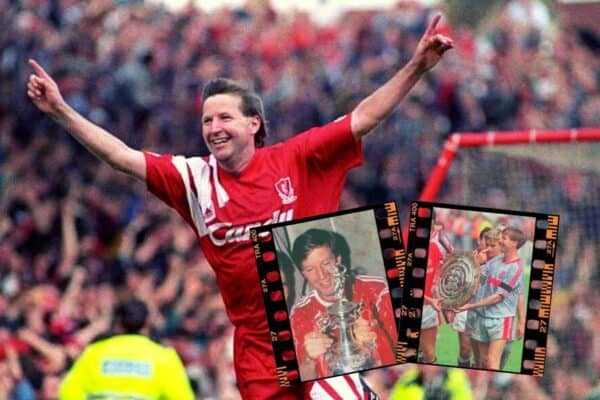

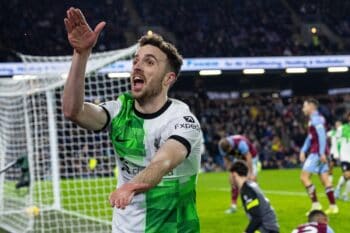
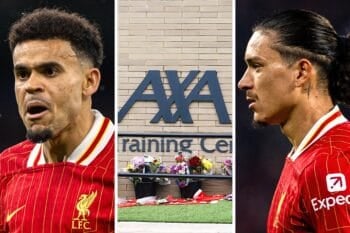
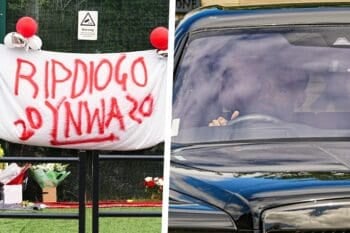
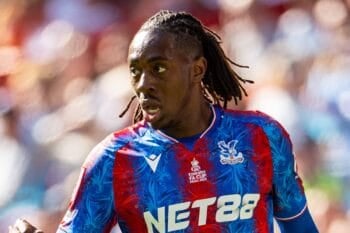
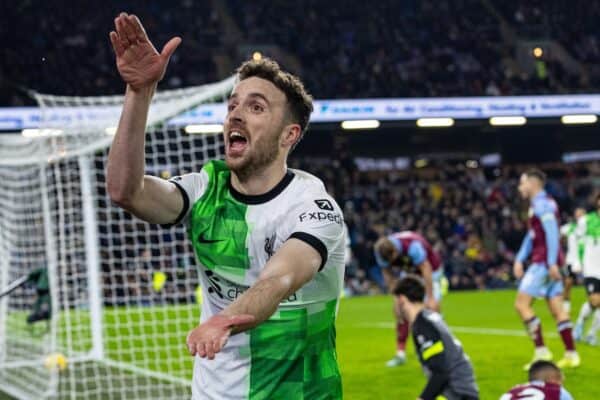
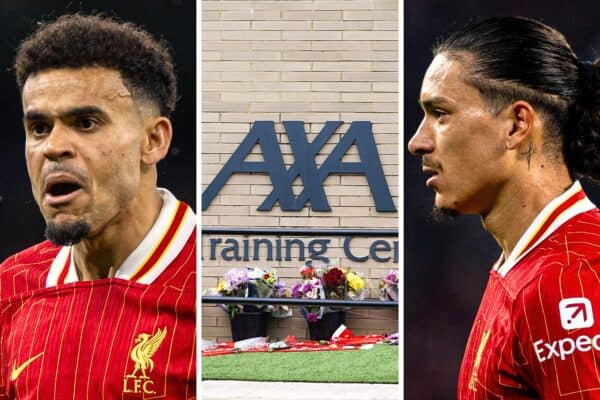
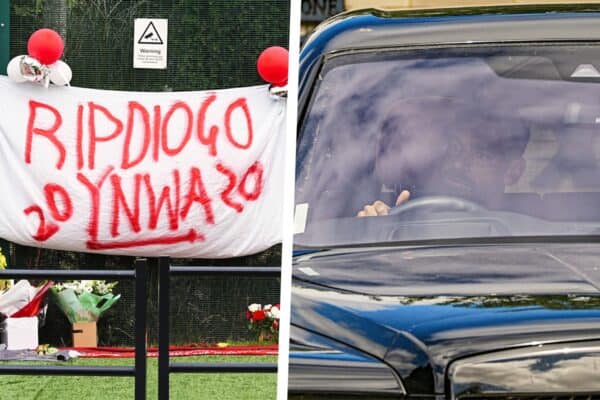
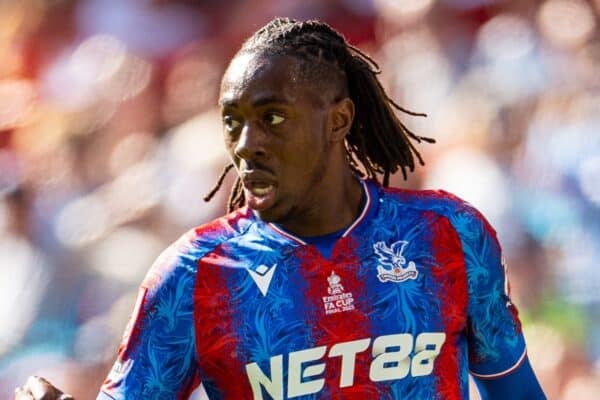
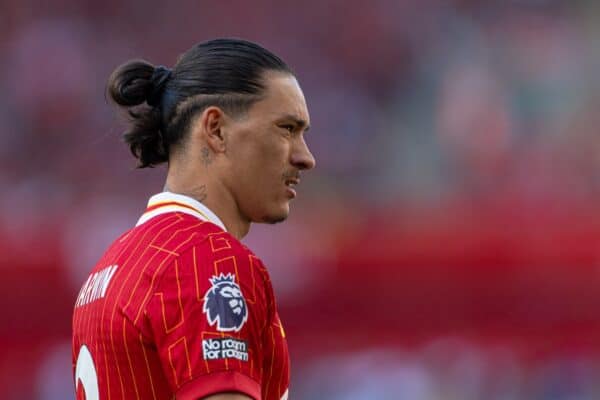
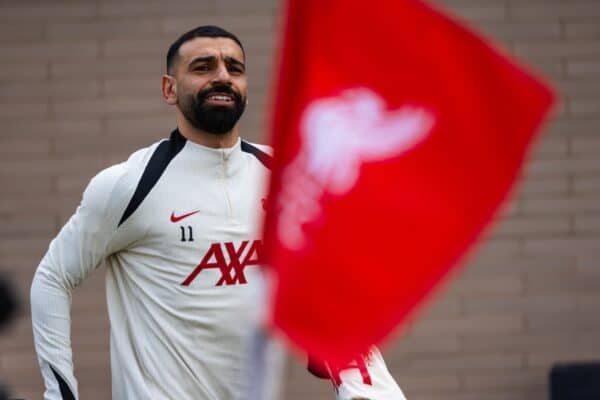
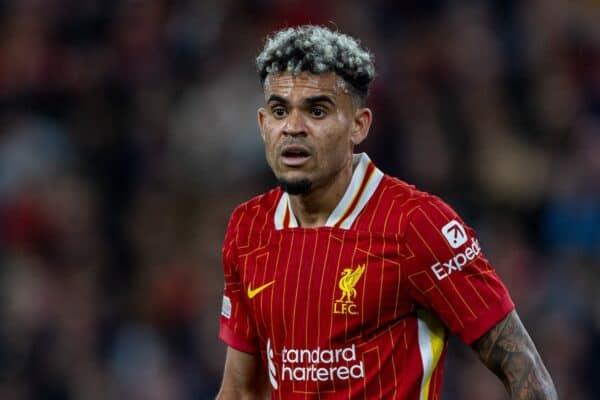
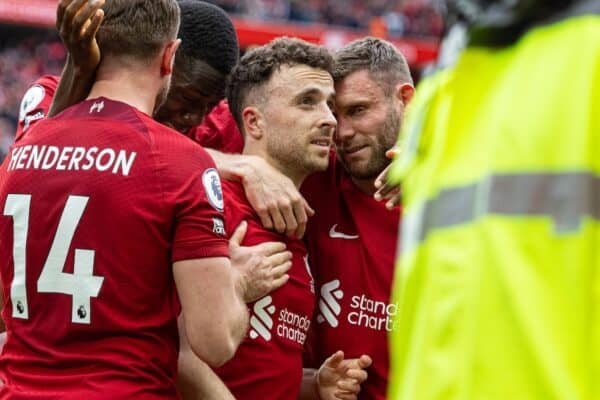




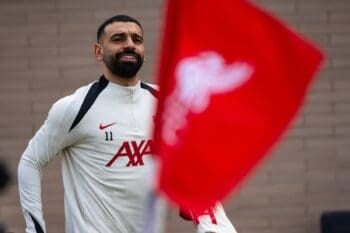
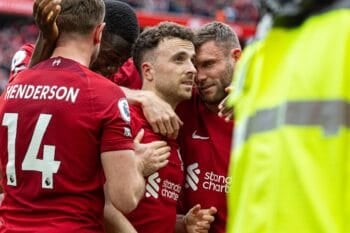
Fan Comments